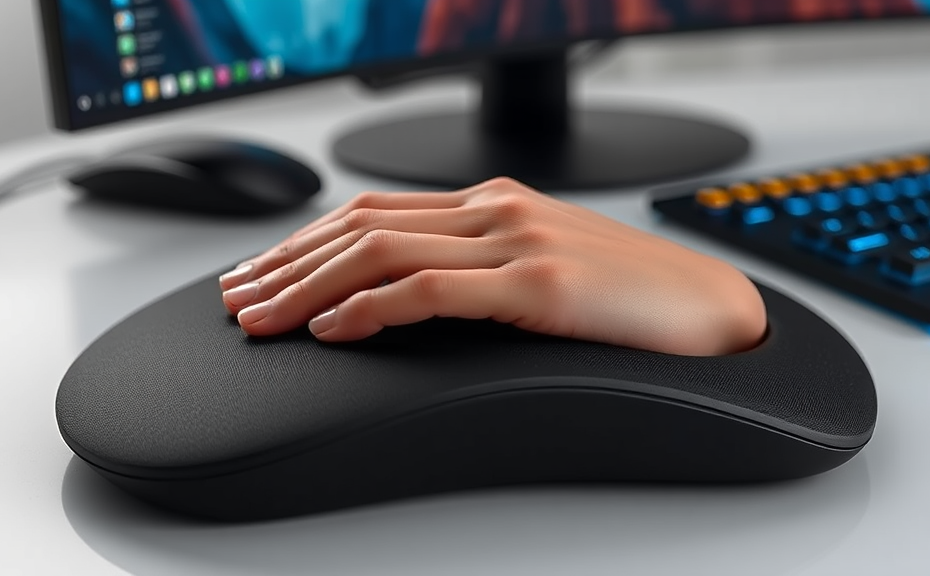In today’s fast-paced digital world, the ergonomic wrist rest has become an essential accessory for anyone who spends long hours typing or using a mouse. Designed to provide support and comfort, an ergonomic wrist rest helps alleviate pressure on the wrists, reducing the risk of repetitive strain injuries (RSI) and promoting better posture.
The ergonomic design of wrist rests often features a contoured shape that conforms to the natural curve of the wrist, ensuring optimal alignment with the keyboard. This alignment is crucial for maintaining comfort during extended computer sessions, as improper wrist positioning can lead to discomfort and fatigue. Many ergonomic wrist rests are crafted with materials such as gel, memory foam, or soft cloth, providing a cushioned experience that enhances user comfort.
When selecting an ergonomic wrist rest, consider the following factors:
- Material: Look for options that offer breathability and adequate cushioning.
- Size: Choose a wrist rest that fits well with your keyboard and desk setup.
- Height: The height should complement the keyboard to maintain a neutral wrist position.
In addition to preventing discomfort, using an ergonomic wrist rest can improve productivity. A comfortable wrist position allows for longer periods of focused work without interruptions caused by pain. Furthermore, incorporating an ergonomic wrist rest into your workspace can signal a commitment to health and well-being, encouraging better habits in the long run.
In summary, integrating an ergonomic wrist rest into your daily routine is a small yet effective change that can significantly improve comfort, enhance productivity, and safeguard against potential injuries. As more people work from home or in office environments, investing in ergonomic solutions is essential for maintaining overall health while navigating today’s digital landscape.
